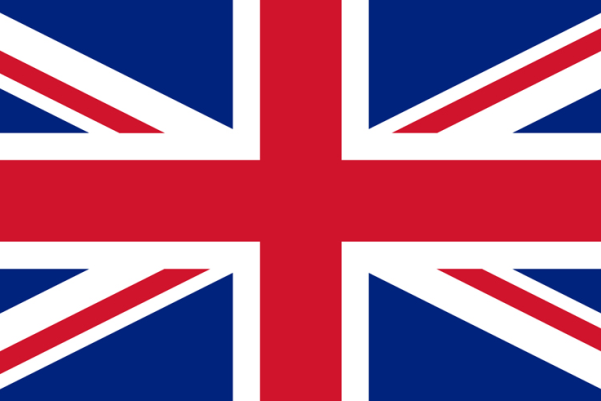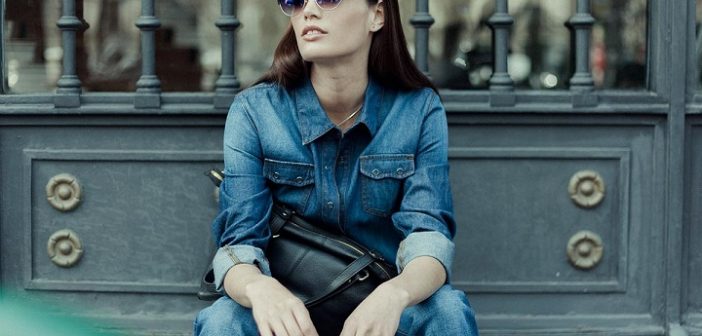The history of jeans started in Nimes, France, where the material was first made, in around 1792. Initially known as the material “de Nimes”, this expression was later abbreviated to “denim”

Later on, denim arrived in the US, via Levi Strauss, who was trying to find a durable but comfortable to wear material. His search led him to Europe, known to be more advanced at the time, and eventually to Nimes, where he found the now famous twill cotton fabric. The first lot he took to the US had the iconic code number 501, which has gone on to become the brand’s classic model.

But it was in the 50s that jeans gained their eternal fame as a symbol of rebellion, much in part thanks to Rebel Without a Cause (1955), with teen heartthrob James Dean playing the role of Jim Stark, in a classic jeans and white t-shirt combo. Once Dean had broken the ice, the mantle was passed on to other heavyweight stars, such as Marlon Brando, Elvis Presley and even Marilyn Monroe, who all used jeans as a symbol of their sexuality, as well as for their transformative power.
It didn’t take long for denim to catch the attention of the high-fashion world: Karl Lagerfeld was the first to make a studded denim jacket for Chanel.

In the last few years, sales of jeans had been decreasing, with the rise in popularity of sportswear. But the recent London Fashion Week showed that things are once again looking up for denim, with the latest trends inclining towards jeans from head to toe.

Gucci opted for denim military blazers and cropped jeans. Denim dresses also made an appearance in Alexa Chung’s collection for AG Jeans.
Louis Vuitton reinvented denim with shoes, and he wasn’t the only one: the famous shoe stylist Laurence Dacade created some embroidered denim boots for Chanel. Jimmy Choo also got in on the denim act.
A safe and eternal bet, jeans are always a classic and never out of season, and the possibilities for matching them up with different looks are endless.




